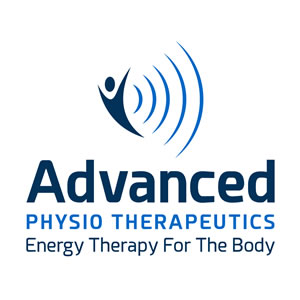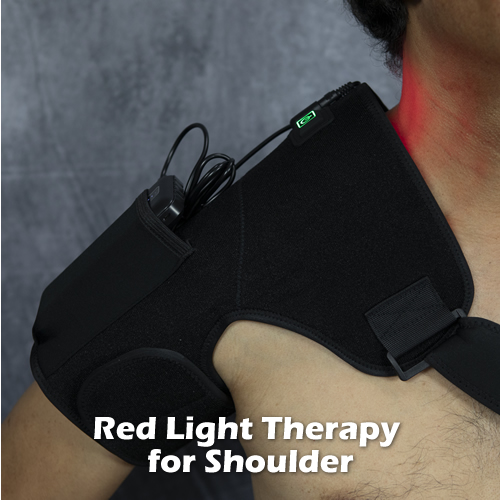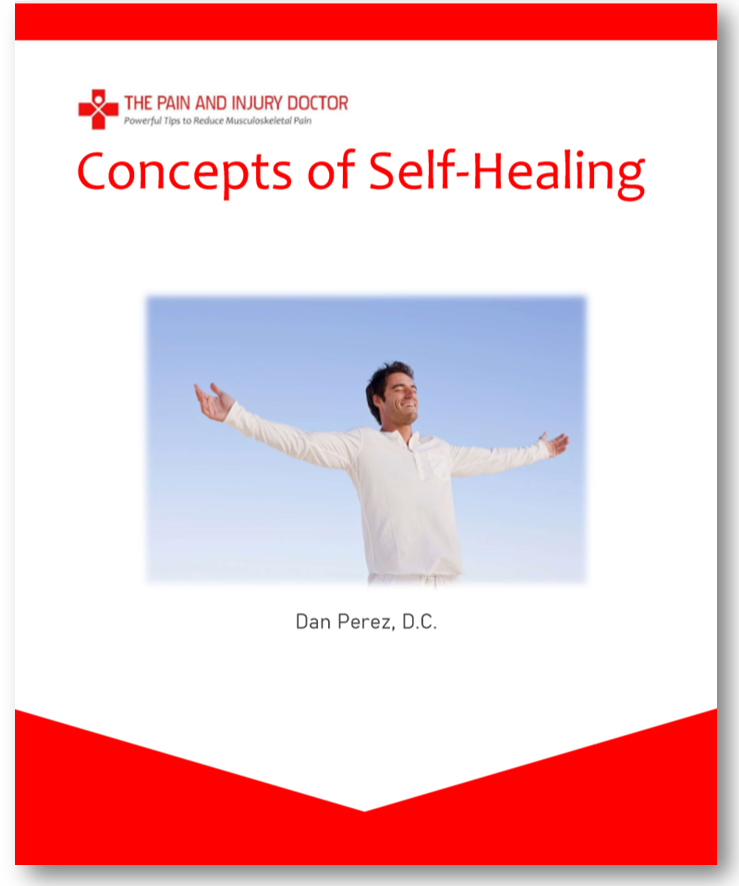It’s probably a safe bet to assume that people with chronic lower back pain are more likely than not to be overweight or obese. Although there are a few exceptions related to genetic disorders and medical conditions–thyroid disease, Cushing’s syndrome, depression– those who are overweight got that way because they are less physically active and do not eat as healthy as those who are not overweight; i.e. they consume more calories on average in their diet. This is attributed to mindset, which is a major contributor to, if not actual origin of most types of chronic disease (heart disease, cancer, diabetes, high blood pressure). With excess weight comes excess pressure to the weight bearing joints of the low back, hips, knees, ankles and feet; hence the association between back pain and overweight individuals.
But what about those folks who are normal weight, or even under weight and have terrible episodes of low back pain?
It seems highly unlikely, but it does happen. After all, how can a skinny person who doesn’t have much fat and muscle to carry around develop low back pain?
If you are thin and have recurring lower back pain, here are some possible explanations:
Bad genes
Ongoing research is finding a connection between certain gene markers and lumbar disc degeneration. If you possess such markers in your genetic profile, you are more vulnerable to developing degenerated discs, which are a common source of lower back pain.
The good news is that such bad gene markers need to be activated in order to do damage. You may be able to delay, or prevent this activation by practicing a healthy lifestyle– eat naturally occurring foods with copious amounts of anti-oxidant and nutrient-rich green, leafy vegetables; regular, moderate exercise, adequate rest/ deep sleep; minimizing toxins (alcohol, sugar, tobacco, pollution, chemicals in cosmetics and food additives); and engaging in socially rewarding activities. The opposite behaviors are the very things that can trigger activation (up-regulating) of bad gene markers, initiating the sequence of events that eventually will manifest the disorder– smoking, drinking, junk food, lack of exercise, pollution and so on.
You are sedentary most of the day
You don’t have to be overweight to be sedentary. If you have a high metabolism or simply don’t gain weight despite eating junk food, big lunches and late night snacks, don’t celebrate– you may be skinny but unhealthy in several health metrics like strength, energy and stamina; cardiovascular endurance and insulin sensitivity.
Sedentary people sit more than they stand in a day and stay relatively motionless (TV, internet jockeys) and don’t exercise or do physically demanding work. A sedentary lifestyle leads to muscle atrophy in the legs, pelvis (hips, buttocks), abdominal muscles and spinal (postural) muscles. Those muscles groups, because they aren’t firing together often, lose coordination with one another. The autonomic part of the brain “forgets” how to make them contract properly, in proper synchronicity, during every day movements such as bending and twisting of the torso; lifting objects from a low position to a higher one and rising off a chair. As a result, the lower back does not get proper support, opening it up to injury.
Sedentary individuals are prone to experience an acute low back injury when trying to move something heavy or suddenly engaging in physically demanding activity; or their low back pain may develop from insufficient support to the lumbar vertebrae, causing weak back muscles to strain and joint surfaces to get overly taxed.
Previous injury or history of cumulative force trauma to your spine
If you played a sport or recreational activity when you were younger that involved jumping and landing, you may have predisposed yourself to disc degeneration with all the repetitive trauma to your spine and weight bearing joints. Sports that fall into this category are gymnastics, basketball, football and volleyball. Motocross, parachuting and martial arts are other activities that can result in cumulative force trauma to the spine. Such forces over time pound the L4/5 and L5/S1 discs and may even damage the vertebral end plates of the vertebrae above and below. When this happens, that area calcifies and nutrient absorption from the tiny capillaries in the end plates into the disc is reduced. As a result, degenerative joint disease accelerates. The disc thins and forms painful tears and/or bulges.
It’s also possible that the cumulative force trauma caused a pars stress fracture, or spondylolysis that is making your L4 or L5 vertebrae unstable, where it shears back and forth during bending of the waist, irritating ligaments and nerves.
If the following signs and symptoms apply to your particular low back pain, there is a good chance you have a pars fracture and/or instability of your L4 or L5 vertebrae:
- adolescent athlete
- low back pain predominantly on just one side of the lower back
- started as mild pain; worsens with running and jumping
- feels the worst when arching backward, twisting the waist or straightening your back from bending
- gets worse with sports or heavy work, and better with rest

If jumping or contact sports are in your history, get a motion x-ray study (x-ray views taken in lumbar flexion, neutral, and extension in the weight bearing position), or video fluoroscopy study. The x-ray series will reveal if one segment is moving abnormally relative to the ones above and below. If diagnosed, the standard approach to treating spondylolysis is to modify your movements to reduce the shearing effects; strengthen the core muscles so that they offer more stability to the lumbar spine; lumbar bracing and perhaps shoe orthotic inserts.
Unfortunately, pars fractures do not usually heal due to the delay in discovering them, and the difficulty in bracing them. In some cases, the gap is closed by fibrous tissue the body lays down, which offers some stability.
Vegetarian Diet
Your vegetarian diet (if that’s the case) could be contributing to back pain. Vegetarians are more susceptible to having Vitamin B12 deficiency, since Vitamin B12 is only found in animal sources. Vitamin B12 is the “energy” vitamin and plays a big role in a number of important biological pathways. Studies show that low levels are associated with ataxia (shaky movements and unsteady gait), muscle weakness, spastic muscles, incontinence, low blood pressure and vision problems.
Vegetarians may not be getting enough sulfur in their diets. Your body needs sulfur to build strong muscles, bones and cartilage, among other things. Sulfur is also believed to be protective against glycation— the harmful reaction where excess glucose combines with proteins in tissues, effectively denaturing them (rendering them useless). While plants like onions, leeks and asparagus contain sulfur, animal protein is the most complete form.
Lastly, vegetarians may not be getting enough cholesterol in their diets. Cholesterol is needed for healthy cell membranes, proper nerve function and synthesizing cortisol and sex hormones.
A great meal to counter-act all these deficiencies is bone broth soup. Packed with calcium, collagen, elastin, chondroitin, sulfur and more, bone broth soup is great for your skin, hair, nails, connective tissue, nerves bones and muscles. Not too many meals can compare, nutrition-wise to bone broth soup with spinach!
Osteopenia
If you are a female whose mother has osteoporosis, you may be carrying the gene. Osteopenia is the loss of bone mass and occurs when your body does not replace calcium as fast as it resorbs it (releases it from your bones into the blood). It may be related to low Vitamin D levels, thyroid disorders, estrogen deficiency, hysterectomy or other condition which would cause bone to lose calcium.
Osteopenia leads to osteoporosis, where the cancellous or spongy, inner part of a bone has lost much of its density, thereby weakening the bone. Osteoporosis of the spine leads to a humped/ stooped posture as the vertebral segments shrink, and fragile bones highly susceptible to fracture. Spontaneous vertebral body fractures are common in osteoporosis and an often overlooked cause of back pain.
If you suspect osteopenia, I would advise getting your Vitamin D levels checked. Vitamin D is necessary for your body to absorb calcium from you diet, in your intestines. If you are low, make it a point to expose your body to the sun 4 hours a day. The UV rays in sunlight initiate the synthesis of Vitamin D3 from cholesterol present in your skin. Then it is converted to another form in the liver (calcidiol) and finally to the active form (calcitriol) in the kidneys. So your liver and kidneys need to be healthy– avoid alcohol, tobacco, drugs, unnecessary medications.
Also, take high doses of Vitamin D supplements. Based on current research, consuming 1,000–4,000 IU (25–100 mcg) of vitamin D daily should be ideal for most people to reach healthy vitamin D blood levels. This may seem high, but know that much of what you take does not get absorbed; around 30%.
Lastly, did you know that Pulsed Electromagnetic Field Therapy (PEMF) can increase bone density? PEMF is the external application of compatible electromagnetic fields to the body to augment the body’s naturally occurring fields, which helps cells and tissue function more optimally. PEMF is often used to heal non-union fractures, as well as help reduce inflammation and pain.

You can read more about how Pulsed EMF works here.
The bottom line, thin people get back pain, too. If you are normal weight and are experiencing lower back pain, look into these possible causes and take action. All of the above factors can be positively affected by making changes in your lifestyle.
If you were diagnosed with degenerative disc disease, check out the recommended home therapy devices in our Amazon store:
Try using the PosturePump

This device decompresses the lumbar discs so that they can rehydrate and heal faster. Simply place it under your low back as you lie on the floor, and pump up the air bladders to your tolerance. Let the PosturePump spread your discs apart in this position for 10-15 minutes, twice a day. Your pain should face as more space is created by thickened discs.
Fight back against hard to avoid sedentary behavior! If you are one of the millions of people who must sit hours and hours behind a desk at work, consider getting a standing desk. Standing relieves some pressure to your low back by transferring some of it to your legs and by encouraging a lordotic (inward curved) low back. Here is a low-cost solution:
Vari-Desk Stand Up Desk

 Tension headaches are common to millions of people. While most cases are not debilitating (enough to incapacitate the sufferer), they still can impact one’s ability to perform and produce.
Tension headaches are common to millions of people. While most cases are not debilitating (enough to incapacitate the sufferer), they still can impact one’s ability to perform and produce.

 PosturePump Disc Rehydrator
PosturePump Disc Rehydrator Anti-Shock Specialty Shoes
Anti-Shock Specialty Shoes Vari-Desk Height Adjustable Portable Desk
Vari-Desk Height Adjustable Portable Desk



 In terms of the most prevalent types of spinal pain affecting the general population, neck pain closely trails lower back pain.
In terms of the most prevalent types of spinal pain affecting the general population, neck pain closely trails lower back pain.











